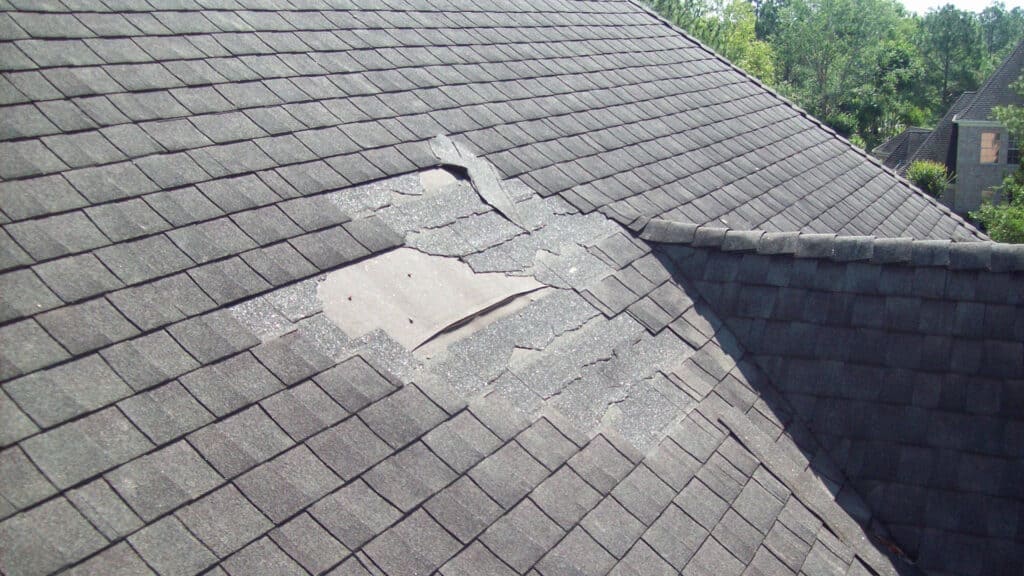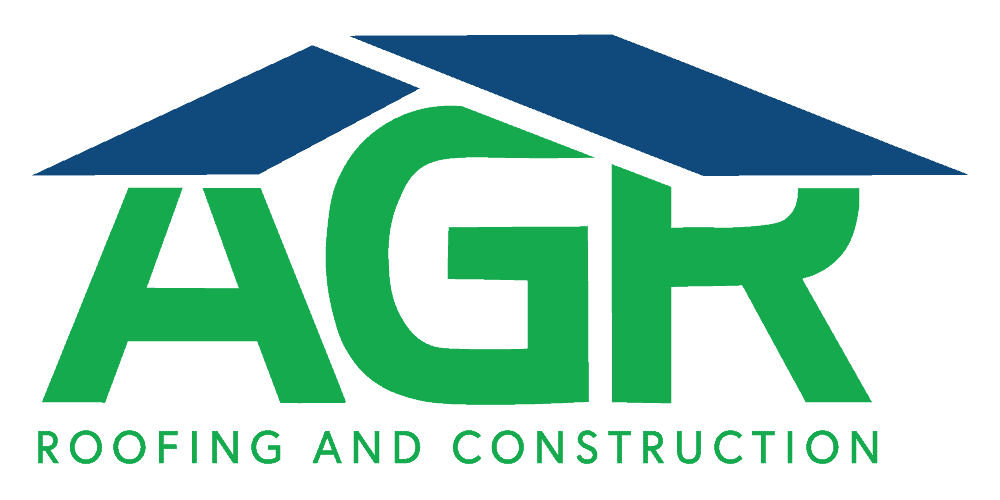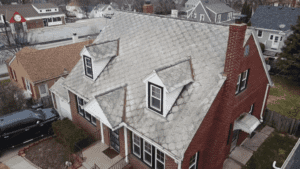Home insurance typically offers coverage for some types of roof damage, but not all roof damage. If you have damage from a storm, you may be able to file a claim, and depending on the extent of that damage, your insurance company could pay to cover the replacement of your roof. Recent storm damage is often covered by most homeowners insurance policies, especially in places like Nebraska and Iowa.
That doesn’t always happen, though. Even if the damage seems to come from a storm, which is typically covered, there could be a number of reasons why your insurance company may not be willing to move forward with the replacement. Since the cost of replacing a roof is a significant amount of money, you’ll want to be sure you do what you can to minimize that risk.
Why wouldn’t your insurance company pay to cover the costs of replacing your roof? Here are a few common reasons.
Wear and Tear Is the Cause of your roof damage
While home insurance covers accidental and unavoidable damage to the roof, it does not cover the management and maintenance of the roofing structure. Normal wear and tear, then, from the roof aging, isn’t typically covered. All materials degrade over time, and that means that if your roof is nearly the end of its typical lifespan, it’s up to you to pay for the replacement.

Keep in mind that poor maintenance and upkeep can accelerate the aging of the roofing material. That means that your roof may fail before it should be due to a lack of keeping it clean or patching holes that develop. This is not something home insurance typically covers.
Previous Damage to the Roof
Perhaps your roof suffered some damage during a storm, and you want the insurance company to cover those costs. However, they are not likely to do that if there is evidence of previous damage that you did not repair. For example, if there are areas of leaks from poor maintenance evident, and those leaks probably weaken the roofing structure, the insurance company isn’t likely to replace the roof. It may cover the repairs to the area impacted by storm damage, such as where a tree branch fell on it, but it may not cover the entire roof’s replacement.

The Damage Isn’t Extensive
Insurance companies are typically responsible for repairing the roof to the level it was prior to the incident. Let’s say you have a tree branch that fell on the roof and caused a hole. If the insurance adjuster comes to the home to make the decision about how to repair the work, they are likely to just repair the area impacted by the storm. That means that they are not likely to replace the entire roof structure if they can find the same roofing shingles or materials available.
On the other hand, if you have significant damage from a hailstorm that’s spread throughout the roof – and enough of the roof is impacted by the damage – the insurance company may decide to replace the entire roof. Often, it comes down to what is more economical – replacing or repairing the roof’s structure.
Manufacturer Defect
Another common reason why the insurance company may decide not to replace your roof is when they determine that the problem with the roof is a manufacturer defect. That is, the shingles or other roofing material failed even though there is a warranty on it. In this case, you would need to seek financial support from the manufacturer to prove that the damage was due to a defect.
This is a tricky situation because both the insurance company and the manufacturer are likely to try to prove that they do not hold responsibility for the losses. Most manufacturers have a warranty with their products, though what that covers may differ significantly from one company to the next. Be sure to reach out to your roofing contractor for help with this type of claim.
You Ran Out of Time
Let’s say you have hail damage or other storm damage to your roof. You should not wait too long to file a claim with your homeowner’s insurance. Depending on where you are located, you may have between one and two years from the date the damage occurred to file a claim. Be sure to read through your insurance policy to learn how long this time frame is.
Here is where this can be concerning. If you have a roof that’s damaged from hail, you may not know about that damage for some time. Once you get on your roof to spot it, you may be unsure when it occurred. Your roofing contractor may be able to help you if they have records that indicate when the last hailstorm in your area was. If that is within the claims period of your roof, you may be able to file the claim. This is a very good reason why you should have an annual inspection of your roof by a licensed professional to ensure any damage is caught right away.
Can You Appeal a Denial of Insurance Coverage?
You can often appeal a denial of coverage, especially if the situation is more about the opinion of the insurance adjuster (which can also lead to a denial of coverage that’s sometimes not always clear). Read through your homeowner’s insurance policy to learn more about the appeal process, though every policy will have specific information about it listed. It is often best to have a roofing contractor on site or a public adjuster available to you to handle this process for you. Don’t try to appeal on your own without the help of these professionals.
If you have not done so yet, call your roofing contractor and request an inspection. They will provide a fair and honest opinion of what caused the damage to your roof and, in some cases, can create a full inspection report for the insurance company. The adjuster may then come out to provide more insight into whether a claim can be made. Don’t wait too long to take this action, as it could mean you do not get the coverage you need to replace the roofing structure.





